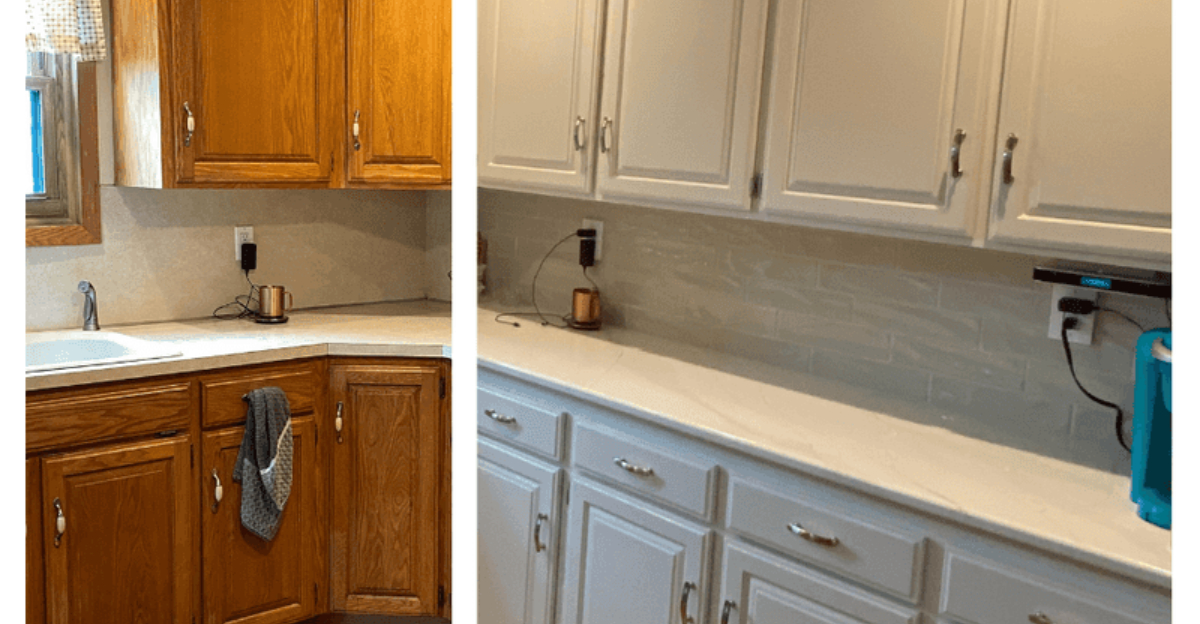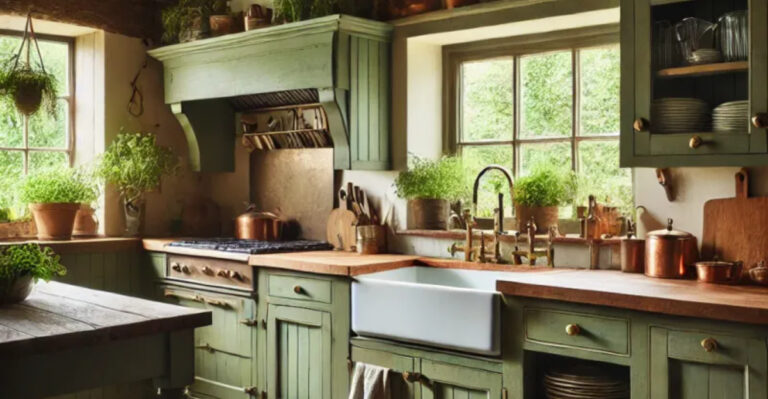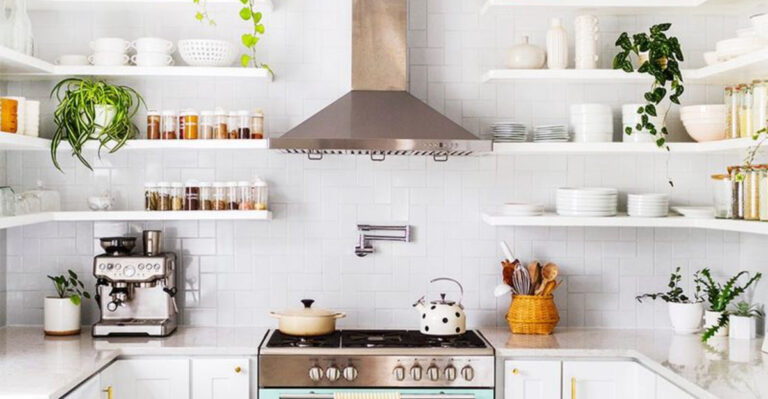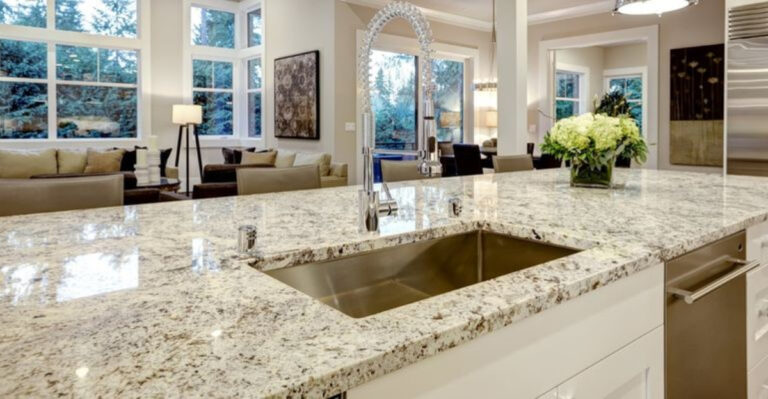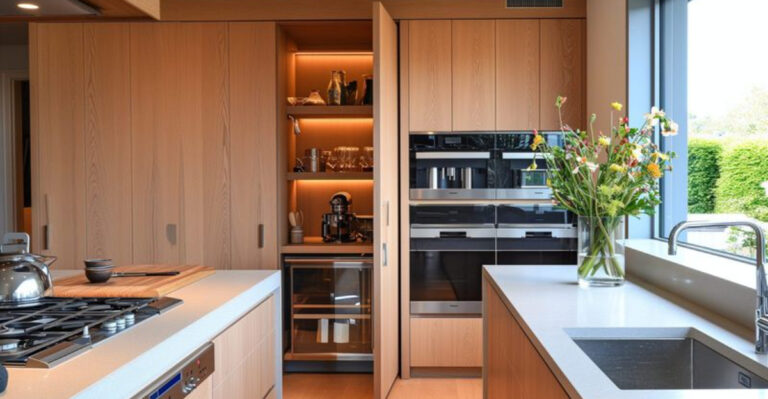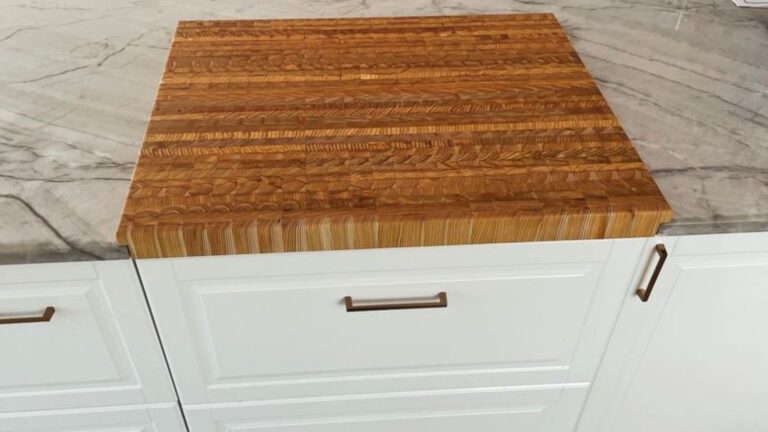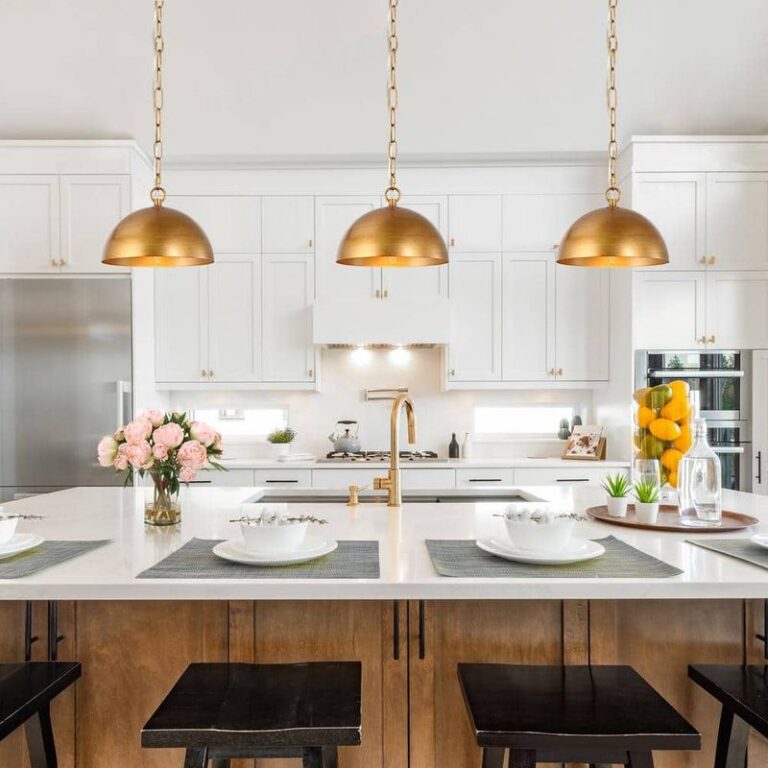What To Consider Before Refacing Your Outdated Kitchen Cabinets
Refacing your kitchen cabinets can seriously transform your space, without draining your bank account like a full renovation might. I’ve gone down this road myself, and while it’s exciting to imagine a fresh new look, there’s more to it than just picking pretty doors.
Before diving in, it’s worth slowing down and thinking through a few key details. Trust me, the right prep can make all the difference between a quick fix and a lasting upgrade you’ll love for years.
If you’re considering refacing, here’s what I wish I knew before starting, it might save you some stress later.
1. Cabinet Structure Integrity
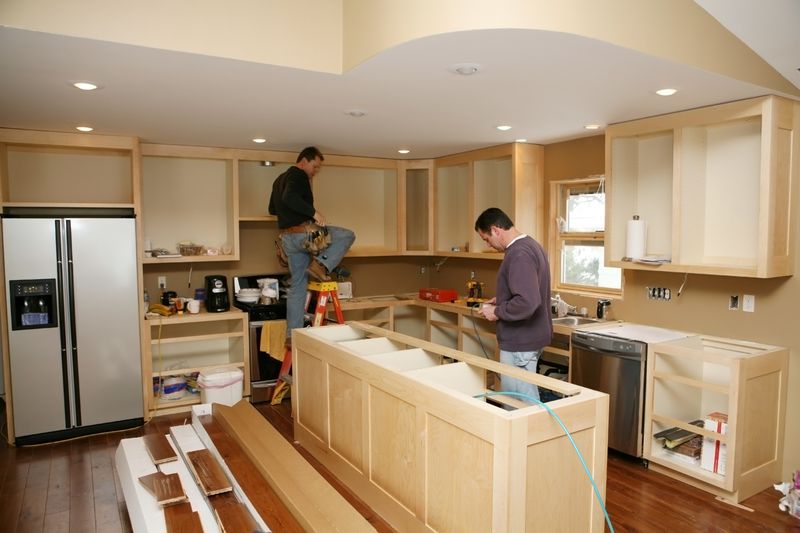
Your existing cabinets need to be structurally sound for refacing to work. Check for water damage, warping, or loose hinges that might signal deeper problems.
Cabinet boxes should be firmly attached to walls and floors. Wobbly or damaged frames will only lead to headaches down the road, no matter how pretty the new fronts look.
Think of refacing as putting new clothes on a person – if the body underneath isn’t healthy, new outfits won’t fix the real issues!
2. Budget Reality Check
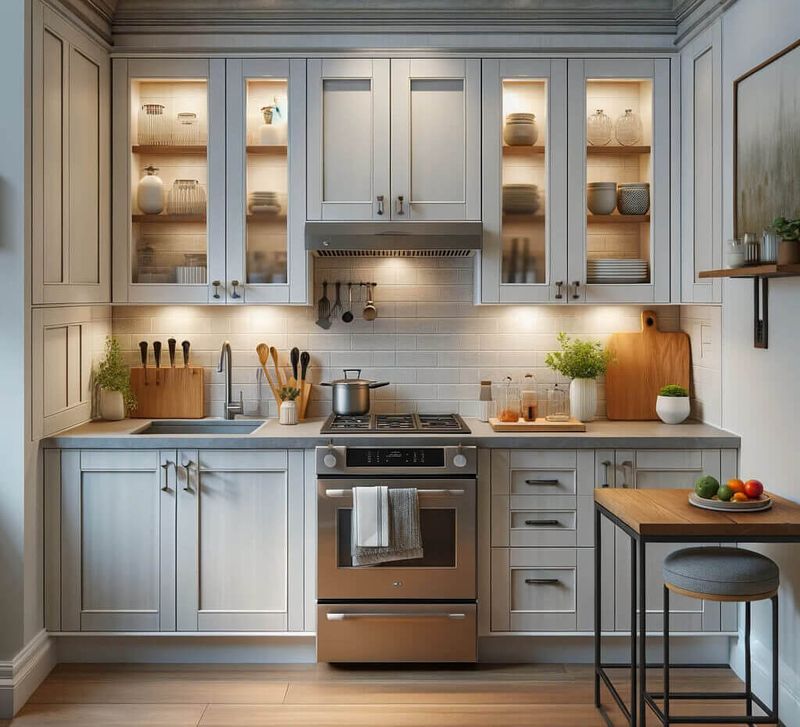
While refacing costs less than full replacement, it’s not exactly pocket change. Expect to spend 30-50% of what new cabinets would cost.
Get multiple quotes from professionals to understand the real numbers for your specific kitchen. Prices vary widely based on materials, kitchen size, and your location.
Remember to factor in unexpected expenses too! Setting aside an extra 10-15% of your budget for surprises will save you from financial stress mid-project.
3. Layout Limitations
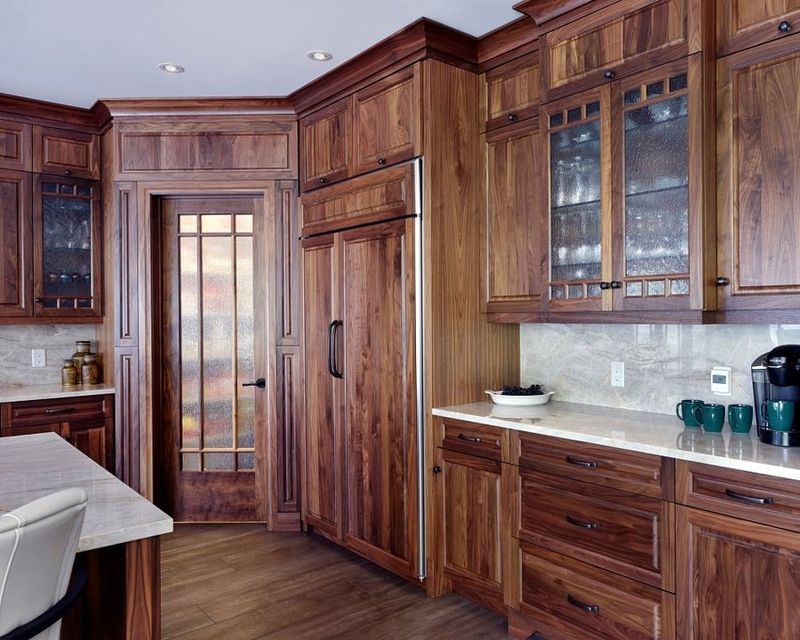
Refacing keeps your current cabinet layout exactly as is. Love that awkward corner cabinet that’s impossible to reach? You’ll still have it after refacing.
Consider whether your kitchen’s functionality needs improvement. Sometimes moving or adding cabinets might solve daily frustrations that simple refacing can’t address.
Draw out your current layout and mark pain points. If there are too many workflow issues, you might need to think beyond refacing.
4. Material Matchmaking
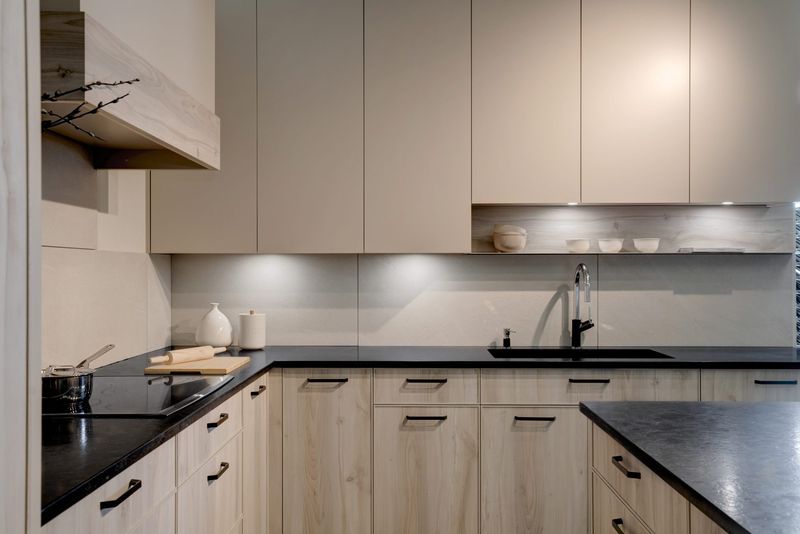
Cabinet refacing offers numerous material options – wood veneer, laminate, rigid thermofoil, and even acrylic. Each has distinct pros, cons, and price points.
Wood veneers bring natural warmth but require more maintenance. Laminates offer durability and easy cleaning at lower costs. Thermofoils provide seamless modern looks but can be damaged by heat.
Your lifestyle should guide your choice! Homes with young kids might benefit from scratch-resistant laminates, while cooking enthusiasts might want heat-resistant materials near the range.
5. Hardware Upgrade Opportunities
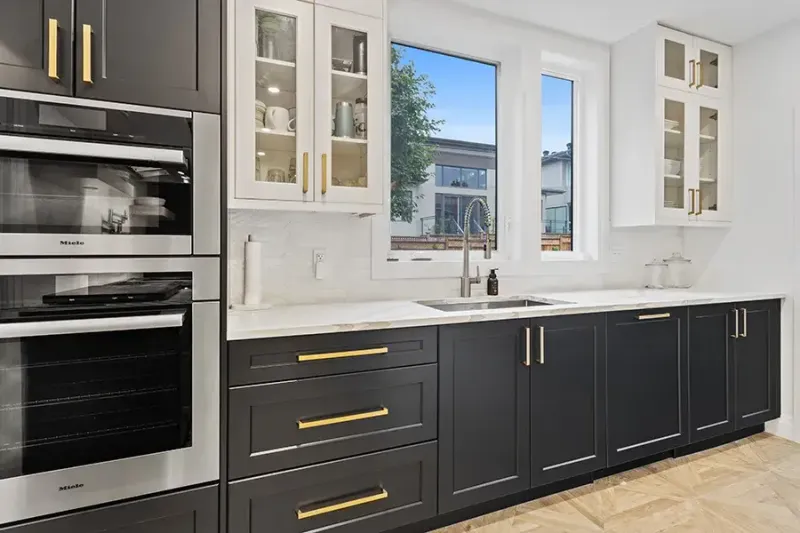
New handles and knobs can transform your cabinets’ entire look! This small change packs a surprisingly big visual punch when coordinated with your refacing project.
Consider how hardware feels in your hand, not just how it looks. Those gorgeous geometric handles might look amazing but feel uncomfortable during daily use.
Hardware styles also signal design eras – sleek pulls for modern kitchens, bin pulls for farmhouse styles, and glass knobs for vintage charm. Choose hardware that complements your overall home aesthetic.
6. DIY Versus Professional Installation
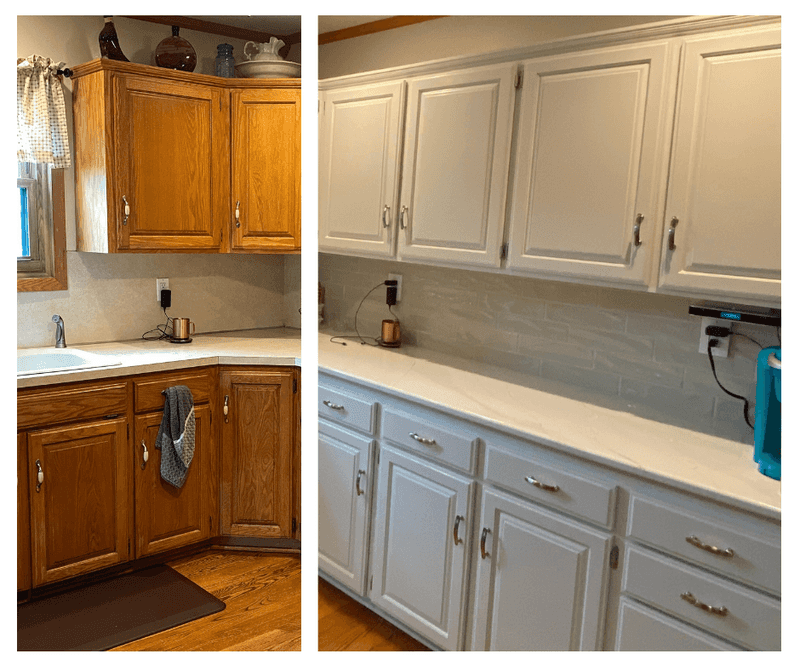
Refacing might look simple on home improvement shows, but precision matters enormously. Poorly applied veneers can peel, and improperly hung doors won’t close correctly.
Professional installers bring specialized tools and experience that ensure lasting results. They also typically finish projects much faster than DIY attempts.
If you’re still tempted to DIY, start with a single cabinet in a less visible area. This test run will quickly show whether you have the skills and patience for the entire kitchen!
7. Timeline Expectations
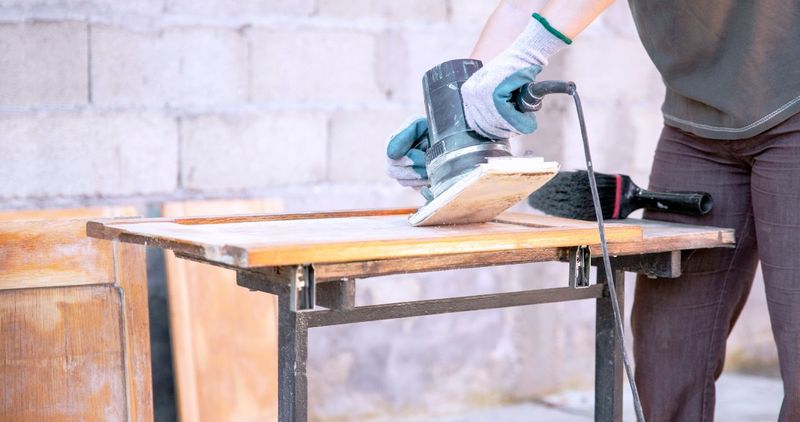
Professional cabinet refacing typically takes 2-4 days, while DIY projects can stretch into weeks. Plan your kitchen’s downtime accordingly! Consider your upcoming schedule before starting.
Having your kitchen partially disassembled during holiday entertaining or when hosting houseguests creates unnecessary stress. Ask contractors about their process steps and timing.
Some can work in sections to keep parts of your kitchen functional throughout the project, which helps maintain some normalcy during renovations.
8. Color Commitment Issues
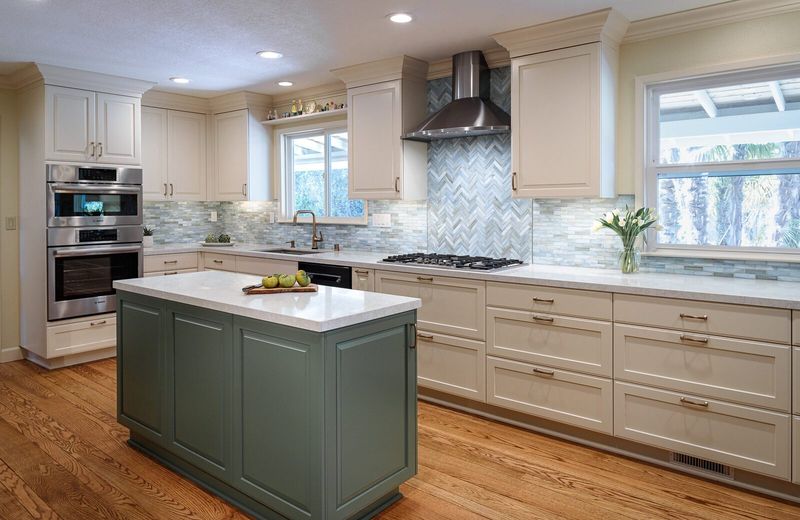
Trendy cabinet colors can look dated surprisingly fast! Navy blue cabinets were everywhere in 2019, but will you still love them in 2029?
Consider how your color choice coordinates with elements you’re not changing, like flooring or countertops. The most successful kitchen designs maintain color harmony across all components.
For the color-nervous, neutral tones for cabinets paired with colorful accessories offer flexibility. You can update accent colors easily when trends change without another cabinet overhaul.
9. Door Style Staying Power
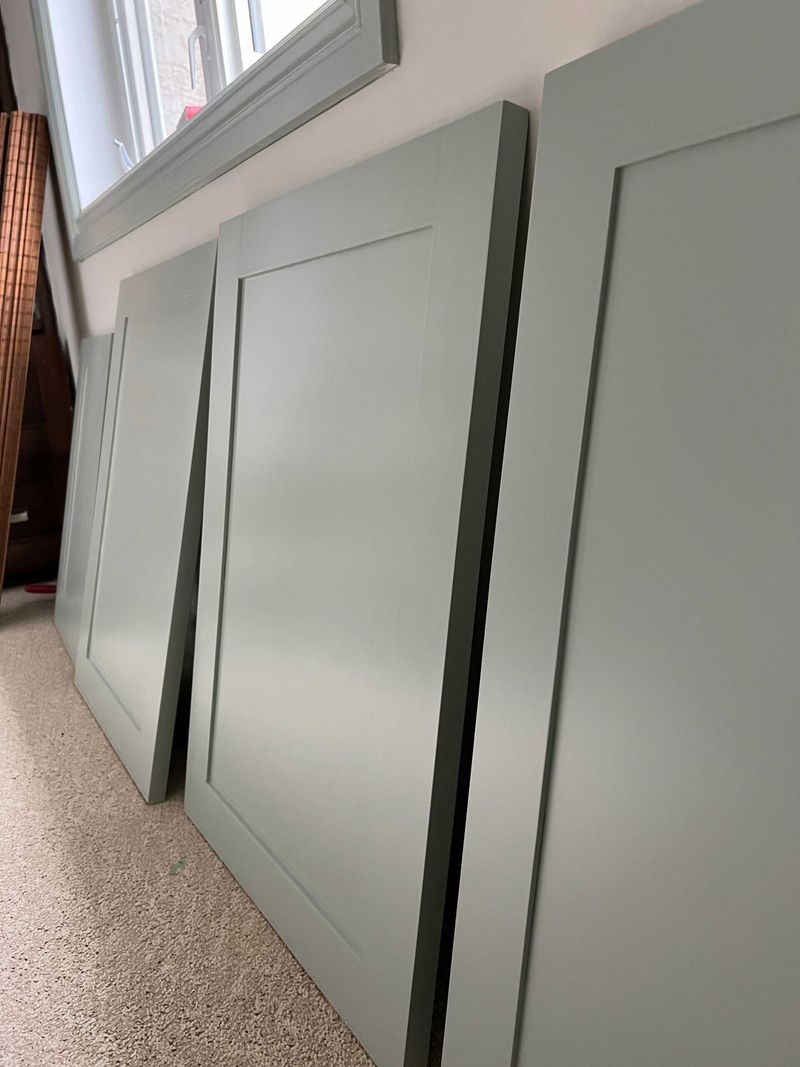
Cabinet door styles have fashion cycles just like clothing! Ornate raised panels might feel outdated in five years if minimalism continues trending. Look through design magazines spanning several decades.
Notice which door styles consistently appear regardless of era – these have proven staying power. Shaker-style doors have remarkable longevity in the design world.
Their simple frame-and-panel construction adapts to various aesthetics from traditional to modern, making them a safe bet for long-term satisfaction.
10. Environmental Considerations
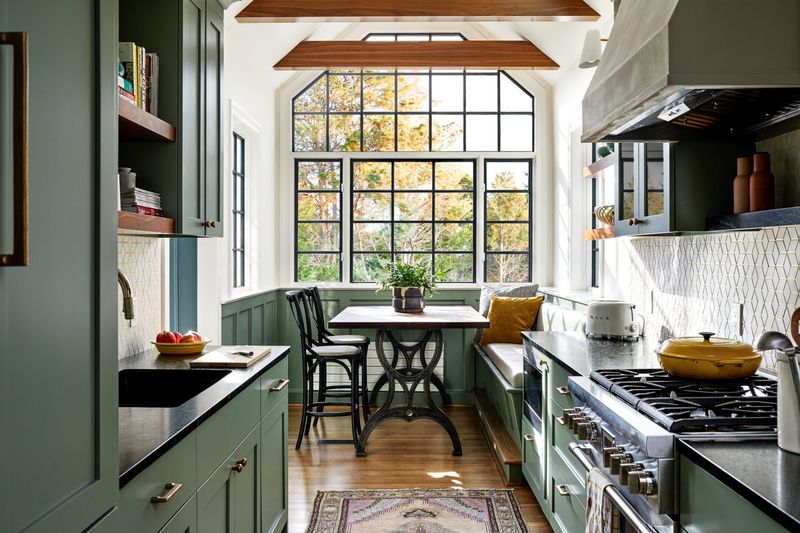
Refacing is inherently eco-friendly since it keeps cabinet boxes out of landfills. For maximum green points, look for sustainable materials for your new surfaces.
Ask about VOC levels in adhesives and finishes. Low-VOC options improve your indoor air quality and reduce environmental impact, though they might cost a bit more.
Some companies now offer reclaimed wood veneers or recycled content laminates. These materials give your kitchen renovation an extra layer of environmental consciousness while often providing unique character.
11. Hidden Costs Alert
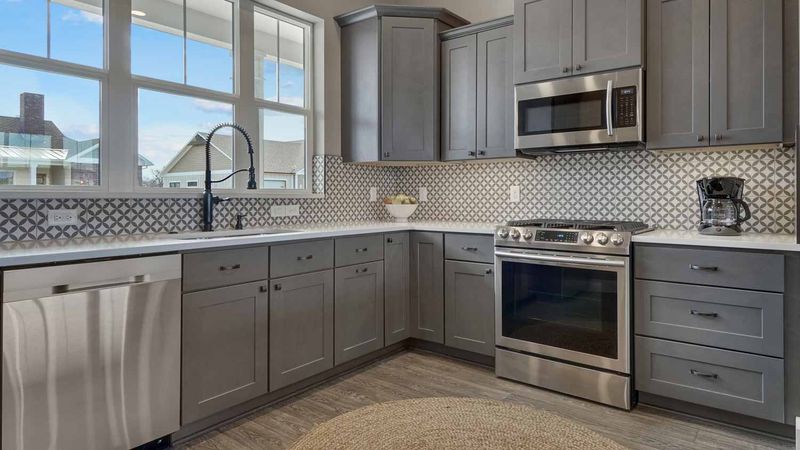
Refacing quotes might not include removing and reinstalling appliances or addressing unexpected issues found during the process. Ask specifically what’s covered!
Cabinet interiors remain unchanged in basic refacing. If your cabinet shelves are sagging or drawer slides sticking, fixing these functional issues costs extra.
Some contractors charge additional fees for crown molding, light rail molding, or toe kicks. Get itemized quotes that specify exactly what’s included so you can make accurate comparisons between companies.
12. Lifestyle Compatibility
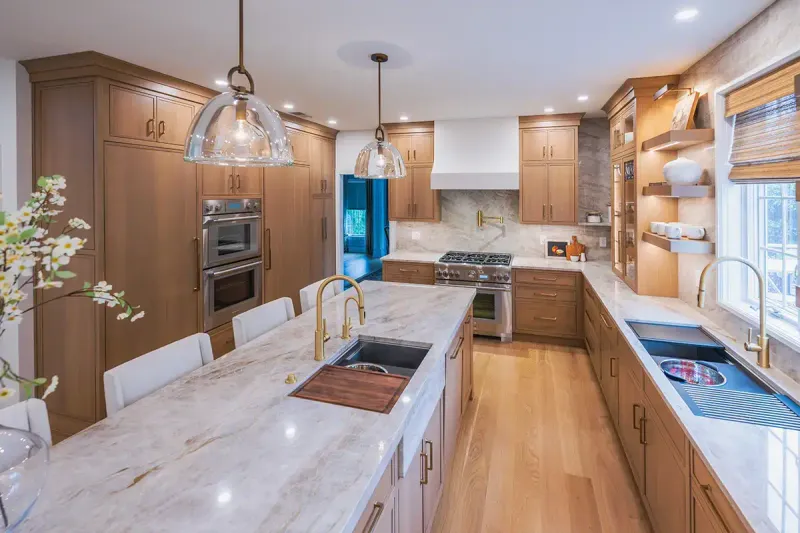
Busy families with kids might need more durable finishes that withstand sticky fingers and occasional impacts. High-gloss finishes show every fingerprint, while textured options hide minor marks better.
Pet owners should consider scratch resistance, especially with larger dogs whose nails might regularly contact lower cabinets. Some materials stand up to pet-related wear better than others.
Cooking enthusiasts who frequently prepare elaborate meals might prioritize easy-clean surfaces near food prep areas. Your daily habits should influence material selections in different kitchen zones.
13. Return On Investment Potential
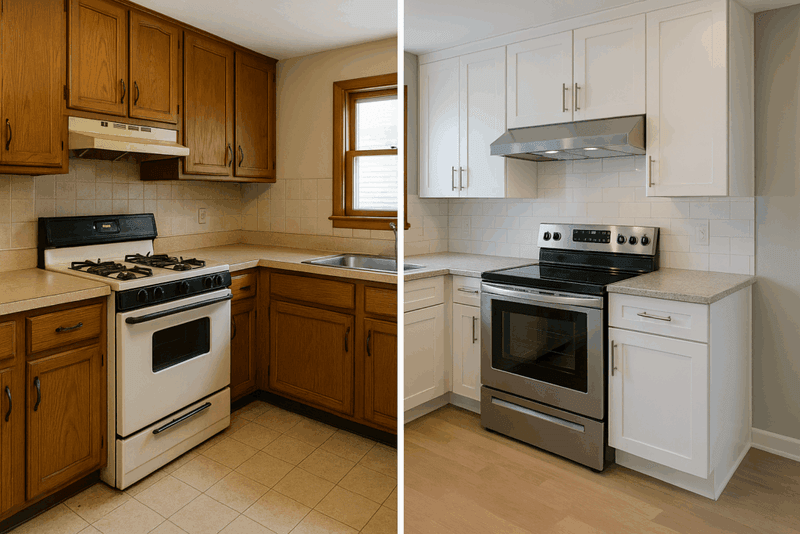
Kitchen updates typically return 70-80% of their cost when selling your home. Refacing offers good ROI because it delivers visual impact at lower cost than full replacement.
If you’re planning to sell within 2-3 years, choose neutral colors and classic styles that appeal to the broadest range of potential buyers. Save your bold design statements for homes you’ll enjoy longer-term.
Keep before and after photos plus receipts for your renovation. These documents help justify your home’s value when selling and may offer tax benefits in certain situations.
14. Countertop Compatibility Check
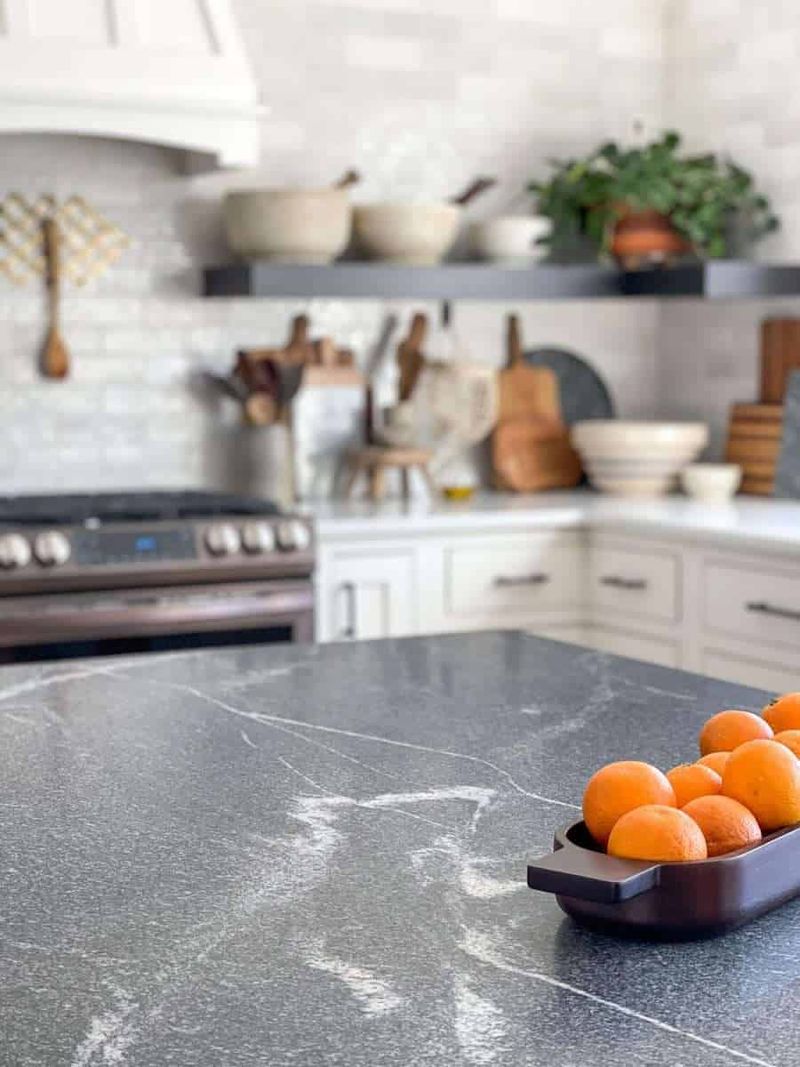
Your existing countertops might not play nicely with refaced cabinets. Sometimes removing and reinstalling countertops can damage them, especially natural stone.
If your countertops are nearing the end of their lifespan, consider replacing them alongside your cabinet refacing. Doing both simultaneously often makes more sense logistically and aesthetically.
The height relationship between countertops and newly refaced cabinets matters too. Cabinet doors and drawers need proper clearance to open fully without hitting countertop edges.
15. Contractor Credibility
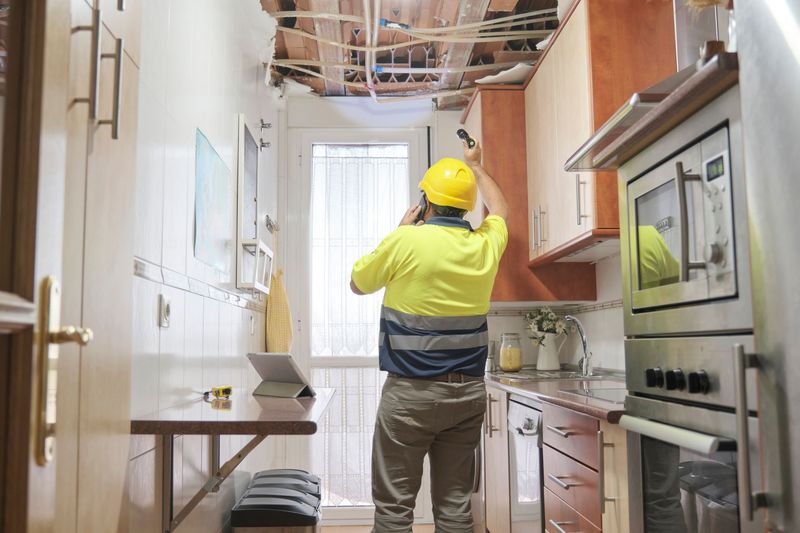
Not all cabinet refacing companies deliver equal quality. Look for businesses with at least 5+ years of specific cabinet refacing experience, not just general contracting.
Request to see and touch actual completed projects, not just photos. Visit previous installations if possible to inspect edge details, seams, and overall craftsmanship up close.
Check reviews specifically mentioning how the company handled unexpected problems. The true test of a contractor isn’t when things go perfectly, but how they resolve issues when surprises pop up!

